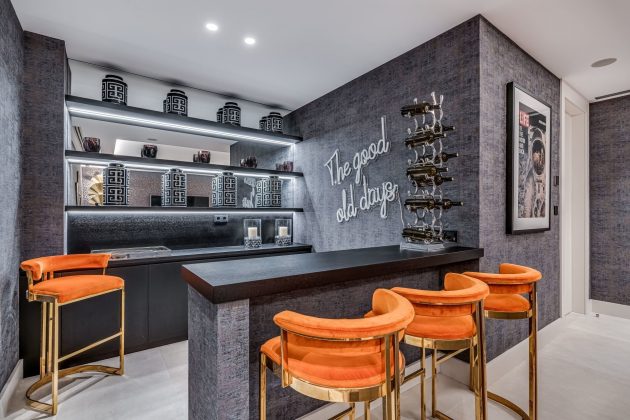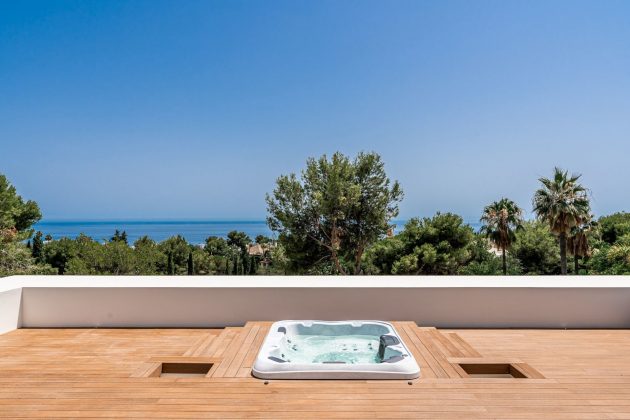The coronavirus pandemic has been very hard on all of us. But it has been especially challenging for the medical community. Hospitals, private practices, pharmacies, paramedics and other health care facilities have become the most vulnerable populations to the Covid19 virus.
Inundated with work and stretched for resources, many health care facilities had to face the additional challenge of cybersecurity breaches as well. But one company – 4iQ – has stepped up its game and offered cybersecurity protection to vulnerable hospitals in the United States. Here’s the best part – it’s done this free of charge as part of its social responsibility outreach.
What is 4iQ?
Los Altos, California based4iQ is a cybersecurity specialist dedicated to protecting people and their data from prying eyes. They use state-of-the-art intelligence to identify vulnerabilities online and collate compromised personal identity information on the open source and the dark web. Their cybersecurity solutions are geared to help individuals and companies prevent fraud, domestic/international terrorism, money laundering and other heinous cybercrimes.
The impact of the coronavirus pandemic on cybersecurity
During the coronavirus pandemic, the number of cybersecurity issues increased by 150%! According to the Interpol’s international cybercrime survey titled “Global Landscape On Covid19 Cyberthreats”, countries listed the following cybersecurity concerns:
- 59% of countries confirmed there was an increase in fraud and phishing incidents.
- 36% said a higher number of malware-infested emails were circulating in their countries. The most vulnerable to this type of attack were for-profit companies, who were attacked with ransomware and spoofed emails. Individual employees were also targeted with ransomware, as more people worked from home on less-secure networks.
- 22% of countries noted malicious URLs, especially those URLs which claimed to collect patient details for medical reasons. These have increased identity and data theft. Additionally, spoofed URLs masquerading as Zoom invites or Google Meet team invites compromised millions of documents in organizations.
- 14% stated that misinformation about the coronavirus pandemic was their most pressing problem.
4iQ had also conducted its own research about covid-19 and cybercrime. It published its findings in the COVID-19 Threat Report. Here is what they say:
- There were numerous hoax political campaigns emailed or uploaded online to mislead international governments/media.
- Fake emails were sent to hospitals and other healthcare services pretending to be the World Health Organization to gain access to patient information. In some instances, hospitals have been targeted by ransomware groups who pretended to be Government agencies and banking institutions, putting patients at huge risk.
- There was a surge in the number of underground hate forums on social media – with a large number of anti-vaccination campaigns.
Why have cyber security threats increased during the coronavirus pandemic?
According to experts at 4iQ, the main reason for cybersecurity breaches during any challenging event/period is the desire for information.
Lack of information can make anyone feel scared and vulnerable. During the coronavirus pandemic in particular, when people had limited awareness about what was happening outside their homes and they had lesser access to first-hand information, fear and uncertainty were high.
Since healthcare agencies and hospitals were designated as the first-hand sources of coronavirus-related information, they become the primary victims of cybercrimes.
How did 4iQ’s service help during the coronavirus pandemic?
In order to help provide cybersecurity protection to hospitals, 4iQ offered its range of cutting-edge cybersecurity services.
Typically, these services are charged based on the size of the client, the type of investigative support they need and the nature of cybercrime they’re currently dealing with. But during the coronavirus pandemic 4iQ provided all of these services completely free of charge to hospitals and other health care facilities who were at risk of attack.
Through this, the California based company hoped to reduce ransomware encounters in vulnerable facilities, enabling the hospitals to remain equipped to care for covid19 patients.
4iQ’s free services included:
The Hunter software is a powerful investigative tool built to recognize the nature and number of threats in the user’s network. The software empowered hospitals to quickly collect cybersecurity information across various channels, platforms and websites. Any incident that seemed unusual on the hospital’s network was picked up and the activity was recorded. Visualization tools helped convert this data into an understandable format.
Because of Hunter, hospitals could easily conduct investigations into each identified risk. Multiple investigations could also be run simultaneously to understand their riskiness. Hunter helped hospitals quickly identify, record and track threat actors as well.
Hospitals collect a lot of information from patients and their families. This included name, age, occupation, marital status, medical insurance details, bank account numbers, credit card details, etc. When this is updated into the patient management system, it becomes vulnerable to any spyware that might infect the system. If hacked, these patient details can be copied and stored on the dark web. In some cases, this data is sold illegally to other companies or criminals.
4iQ offered its IDTheft software to help hospitals keep track of the patient and employee information they collect. IDTheft was used to check the recesses of the dark web and open-source software platforms to identify if the hospital’s data was hacked and published there.
If any data was found to be compromised, IDTheft verified its authenticity, destroyed fakes/replicas and informed the hospital of the breach. To provide further data protection, 4iQ hashed all hospital patient records and identities.
4iQ used the IDLake software to provide additional cybersecurity benefits to at-risk health care facilities. This service searches through the open source and the dark web to identify any breach or attack that might have occurred. They trace back to the source of the breach, collecting extensive technical information about how the breach occurred. This allowed 4iQ to judge how vulnerable a particular hospital was to each type of attack and put in place the relevant cybersecurity measures.
This feature, in particular, was helpful in alerting hospital management about older records of people who were no longer patients there. IDLake also helped identify any issues that were affecting old social/bank accounts that patients or their families had abandoned or forgotten about.
4iQ’s contribution to preventing the spread of misinformation
4iQ’s generous donation of their time and cybersecurity technology to at-risk hospitals truly helped them be better prepared to heal and treat coronavirus patients. 4iQ put in place numerous encryption protocols to protect hospital data from exposure. They also put in place user access permissions, ensuring that hackers did not have access to sensitive information.
By doing this, they limited the chances of confidential information escaping into the hands of malicious individuals. This, in turn, ensured that hospitals were free to make smart decisions when making health announcements and advisories, and provide their patients and their families the care they deserved.




































 Located 70 miles (112 kilometers) southeast of Nassau and 270 miles from Miami, the 38-acre private island is home to five separate houses and cottages, each with a stunning ocean view. There are a total of nine bedrooms and nine bathrooms spread across the villas. There are enough acres to add further accommodation if needed.
Located 70 miles (112 kilometers) southeast of Nassau and 270 miles from Miami, the 38-acre private island is home to five separate houses and cottages, each with a stunning ocean view. There are a total of nine bedrooms and nine bathrooms spread across the villas. There are enough acres to add further accommodation if needed. If you’re going to purchase this private island, you’re going to need a boat or seaplane. Alternatively, there are many suitable surrounding locations to moor your superyacht.
If you’re going to purchase this private island, you’re going to need a boat or seaplane. Alternatively, there are many suitable surrounding locations to moor your superyacht.





































